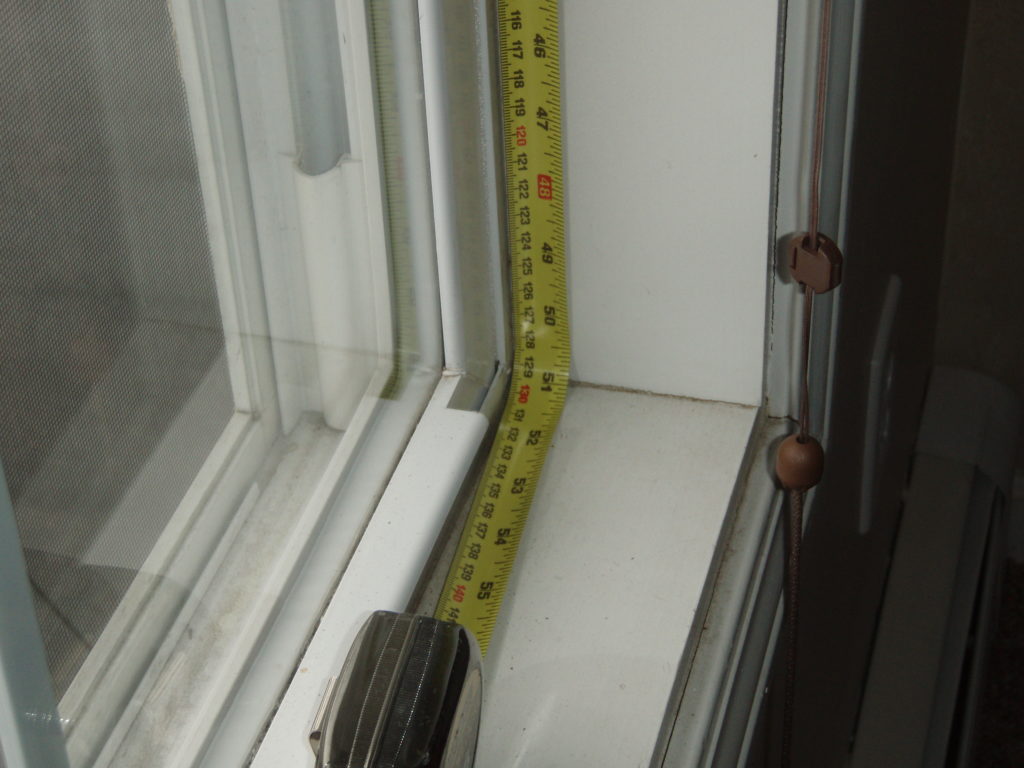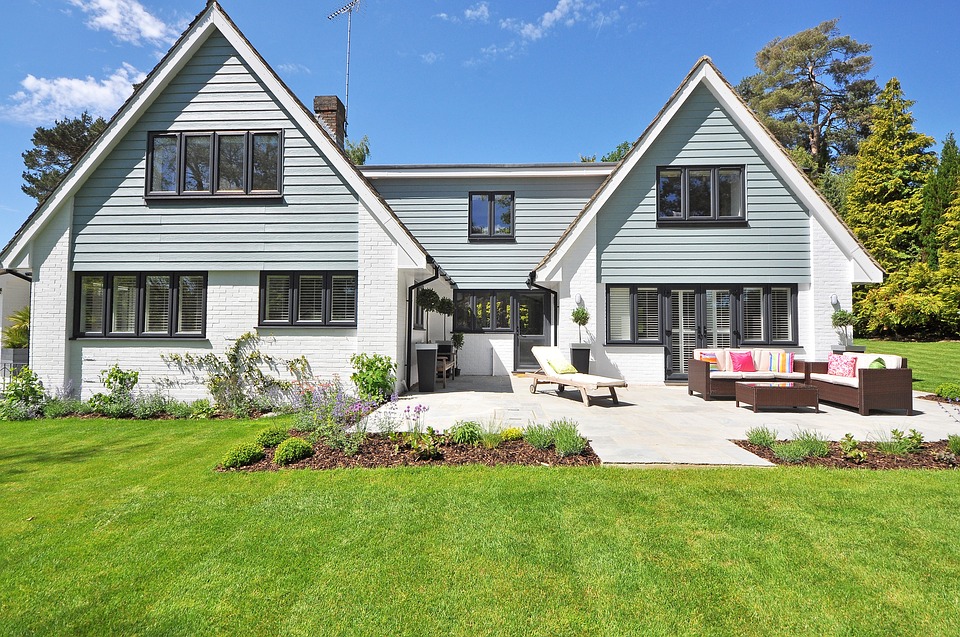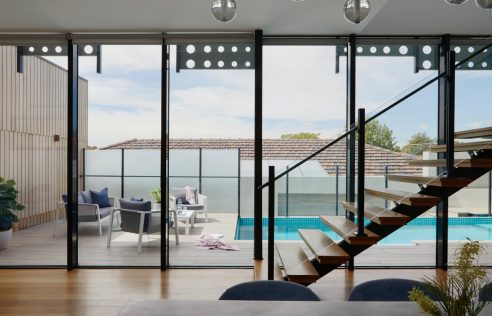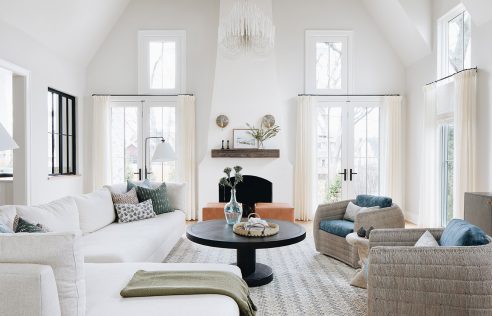The choice of glazing for your windows is essential both for their level of insulation (double glazing) and for their resistance (reinforced glass), their style (colored glass) and the privacy of the home (opaque glass). In his post, Homemyinfo will guide you in the choice of the most suitable glazing for your windows.
It is above all the geographical location of your home, the orientation of your room and the noise level that determines the type of glazing best suited to your future windows.
Choose the Right Window Glazing
The number of windows is an essential point for sound and thermal insulation. Single glazing is almost no longer installed due to its poor performance but can be supplemented with over-glazing to improve its qualities.
Today, double glazing offers the best sound and thermal insulation for standard or custom-made windows. Let’s discover its technical qualities below.
You can go even further by opting for triple glazing, especially used in low-noise houses with reinforced insulation.
Select the Right Glass

There are many types of glass for you to choose from and each has its own technical qualities.
You should look for the SGCC certification label when selecting quality glazing. They are an independent quality assessor that guarantees the resistance and safety level of insulating, laminated and tempered glass.
Resistance and Safety
Your windows are on the ground floor and you want a glass that will limit the risk of burglary? You can choose laminated or tempered glass that offers increased impact resistance. Another option is reinforced glass, which does not prevent glass breakage, but prevents the passage of a thief thanks to its grid.
Intimacy
Some glasses can either be colored or rendered opaque for more privacy inside your home. Be careful, however, they must not prevent light from entering. Below, we’ll look at some of the solutions.
Specific Lenses
Less common and often more expensive, new intelligent lenses are appearing on the market. Self-cleaning, opaque, electrochromic, with integrated blind: 2 in 1 glazing, heated glazing, etc., they use new technologies to make your windows more convenient and energy-efficient.
Self-Cleaning Glass: Maintenance-Free Glazing!

Self-cleaning glass is glass with a special coating that keeps it clean and maintenance-free! The self-cleaning glass combines photocatalysis and hydrophilicity in the following ways:
The photocatalysis process: the outer surface of the glass reacts to ultraviolet rays and degrades organic dirt (dust, pollution…) that comes off the glass.
The hydrophilic property: the glass allows rainwater to flow along the glass, carrying with it dirt and leaving no trace.
This process works even without sunlight; daylight is sufficient to activate the degradation of dirt. This glass is especially useful on fixed windows that are difficult to access.
Note: it should not be forgotten that the inside of the glass is not covered with this special coating and should, therefore, be cleaned normally.
Opacifying Glass: Controlled Opacifying Glass

Opacifying glazing makes it possible to eliminate an annoying counterpart at the touch of a button. This type of glazing consists of a liquid crystal film inserted between the panes of double glazing, in the same way as laminated glass.
This glazing incorporates an electrical connection that allows it to be opaque at will:
In the “off” position (not electrically powered), it offers a translucent, milky appearance, which hides the view while maintaining good brightness.
In the “on” position (electrically powered), the glass becomes transparent like a conventional glass. The change is fast and reversible at will.
Electrochromic Glazing
This is also opaque glazing through which an electric current flows. This type of glazing offers the advantage of being able to choose the degree of brightness or opacity at will.
In addition, it consumes little energy thanks to a memory effect that allows it to remain in the desired state even when power is off. It therefore only consumes electricity when the state changes.
It is already used on some car windows and extends to the home, but remains very expensive to implement.
Integrated Blind Glazing: 2 in 1 Glazing
Integrated blind glazing is double glazing in which a permanent or remote-controlled Venetian blind is inserted: hinged or tilting slats.
This glazing is suitable for all types of walls (inclined or straight) and offers many advantages:
- the thermal and acoustic performance of double glazing;
- control of brightness and sun protection thanks to blinds;
- no maintenance required for the awning;
- adaptable to all joineries.
Heated Glazing: The End of Radiators?

Heated glazing is double glazing composed of a conductive layer connected to the power supply by electrodes.
The electrical energy is then transformed into heat and diffused by radiation.
The benefits:
- no more cold wall effect that encourages you to increase heating;
- can replace or supplement an existing heating system;
- prevents condensation on the inner glass and therefore reduces the risk of mold;
- space saving compared to radiators.
This glazing remains expensive like all the innovations hardly proposed on the market, but perhaps represents the future of heating!
All in all, this post should interest people seeking some information on window glazing. So, you will have more elements to discuss with your contractor next time you are planning a home renovation or construction project.


